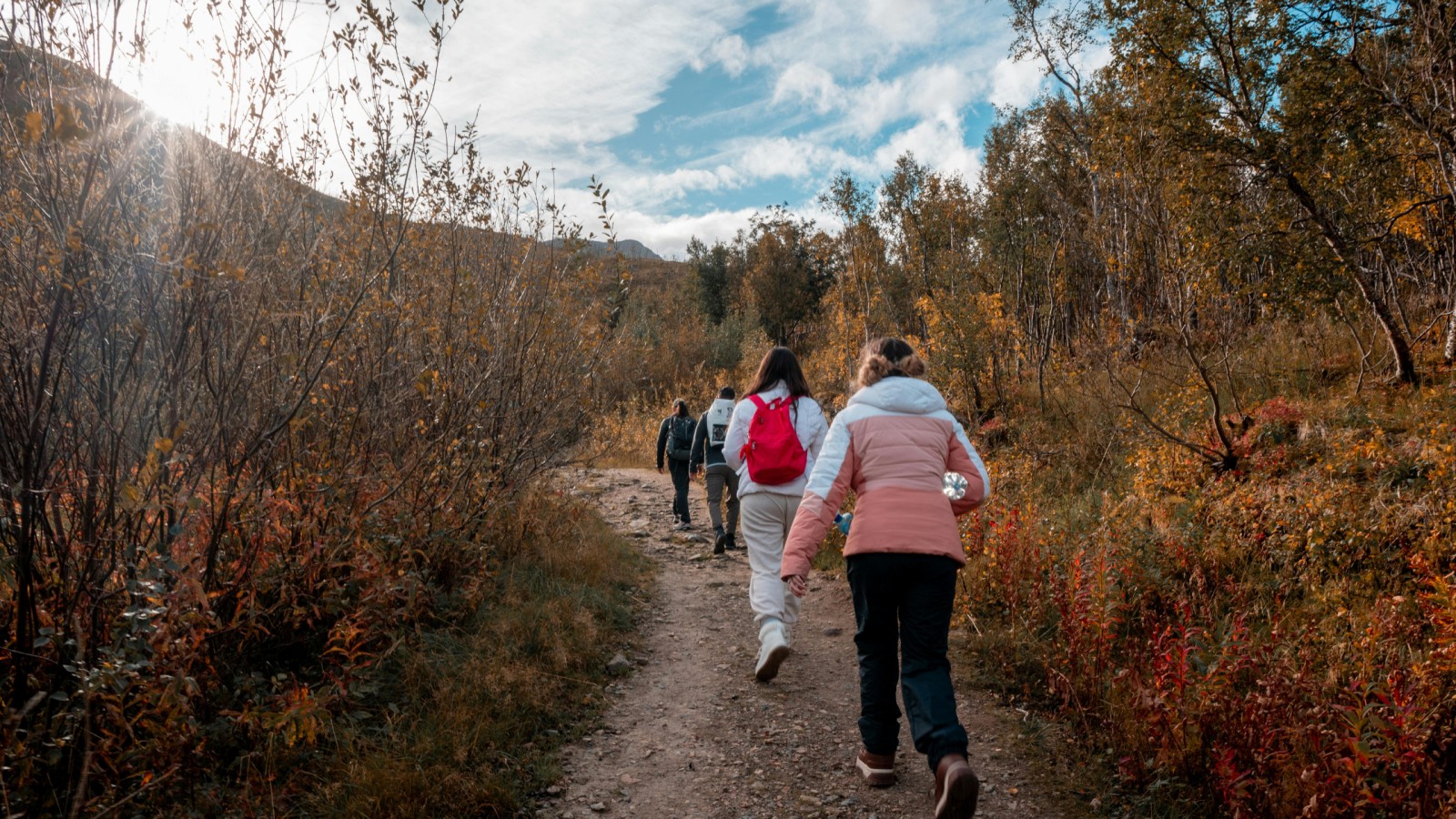
As a homeschool mom of four boys (three who've graduated and one in high school), I know how crazy fall can get. The leaves are changing, the air is crisp, and suddenly you're juggling lesson plans, sports, and that never-ending to-do list. But here's the thing: movement doesn't have to be another chore. It can be your secret weapon for staying sane, energized, and even joyful amid the chaos. You got this—let's dive into how to embrace fall fitness in a way that feels fun, not forced.
Why Fall is the Perfect Time for Homeschool Moms to Get Moving
Fall has this magical vibe that makes it easier to lace up your shoes and step outside. The cooler weather means no more sweating through summer humidity, and the shorter days? They actually give you a nudge to prioritize what matters. For us homeschool moms, fitness isn't about hitting the gym or chasing trends—it's about real life wellness that fits around family life. Think about it: with kids at home, you're already on the move, whether it's breaking up sibling squabbles or prepping for history lessons. But adding intentional movement can turn that energy into something positive. Studies show that regular physical activity reduces stress and boosts mood, which is huge when you're trying to keep a calm, organized home. Plus, involving your family makes it a team effort, building stronger bonds while sneaking in some exercise. No worries if you're starting from scratch—you don't need to do it all. Start small and grow, like swapping screen time for a quick walk after lunch. From my own experience, incorporating fall fitness has been a game-changer. I have two energetic girl poodles who love tagging along on hikes, and it's reminded me that movement doesn't have to be solo. It's about finding joy in the little things, like crunching through leaves or challenging my high schooler to a friendly game. Curious yet? Let's explore some simple ideas that work for every family dynamic.Family-Friendly Activities to Get Everyone Involved
One of the best parts of fall fitness is making it a family affair. You don't have to be a fitness guru to pull this off—just grab your crew and try something new. And hey, if you're like me, you know that getting boys of all ages moving can be tricky, but it's totally worth it for the laughs and memories. First up: pickleball. I mean, who knew a simple game with a whiffle ball and paddles could be such a hit? It's become a staple in our fall routine, especially with my youngest who's just entering high school. Pickleball is perfect because it's easy to learn—think of it as a mix of tennis and ping-pong—but it's active enough to get your heart rate up without feeling overwhelming. We over to our local Y or hit the local court, and it works for everyone.For younger kids, like elementary-aged ones, it's a blast because they can run around without needing perfect coordination. Just pair them up with a teen or you for some gentle guidance, and watch the giggles flow. If pickleball isn't your thing, that's okay—there are plenty of other options. Hiking local trails is a no-brainer for fall. The colorful foliage makes it feel like an adventure, not a workout. We were part of a homeschool hiking group that went for hikes all over our county every Tuesday afternoon for years.
For little ones, turn it into a scavenger hunt: "Find three red leaves!" or "Spot a squirrel!" It keeps them engaged and adds an educational twist, which is a win for homeschooling. Make it competitive, like timing your walks or challenging each other to climb a hill. You got this—start with short 20-minute outings and build from there. Another idea? Family bike rides. If you have a bike path nearby, dust off those helmets and go for a spin. It's low-impact and adaptable—younger kids can ride on a trail-a-bike attached to yours, while teens pedal ahead at their own pace. I remember family bike rides; it was chaotic at first, with one boy forgetting his water bottle and the dogs barking along, but it ended with us all feeling accomplished and connected. Simple swaps like this can turn ordinary days into opportunities for joy.
Tips for Tailoring Fitness to Different Age Groups
Every homeschool family is unique, especially when you have a mix of little ones and growing teens. The key is to keep things flexible so no one feels left out. Let's break this down by age to make it practical. For younger kids (say, ages 5-12), the focus should be on fun and play. They're naturally energetic, so channel that into activities that feel like games. Besides pickleball, try backyard obstacle courses using things you already have, like hula hoops or jump ropes. I love how this ties into our homeschool routine—it's a sneaky way to add PE without a formal lesson. Encourage them with positive vibes: "You got this, buddy—let's see how fast you can go!" And don't forget the rest factor; short bursts of 10-15 minutes are perfect for their attention spans. Teens, on the other hand, might roll their eyes at first, but they're often up for challenges that feel grown-up. With my high schooler, I've found that activities like pickleball excited because it's social and competitive. And he enjoys playing against me!Bonus: It gives them a break from screens and homework. To keep it engaging, let them pick the activity sometimes—maybe a group jog or a trail run. Remind them (and yourself) that movement isn't about perfection; it's about feeling good and building resilience. Start small and grow by adding one teen-led activity per week. As the mom, you're the glue holding it all together. Make sure to include options that work for you, too. If mornings are your thing, try a solo walk before the homeschool day starts. This is one of my favorite ways to start my day. I always emphasize the importance of me time—especially for us extroverted types who pour into everyone else. A quick 10-minute stretch or yoga session can fill your cup so you can teach from a place of calm.


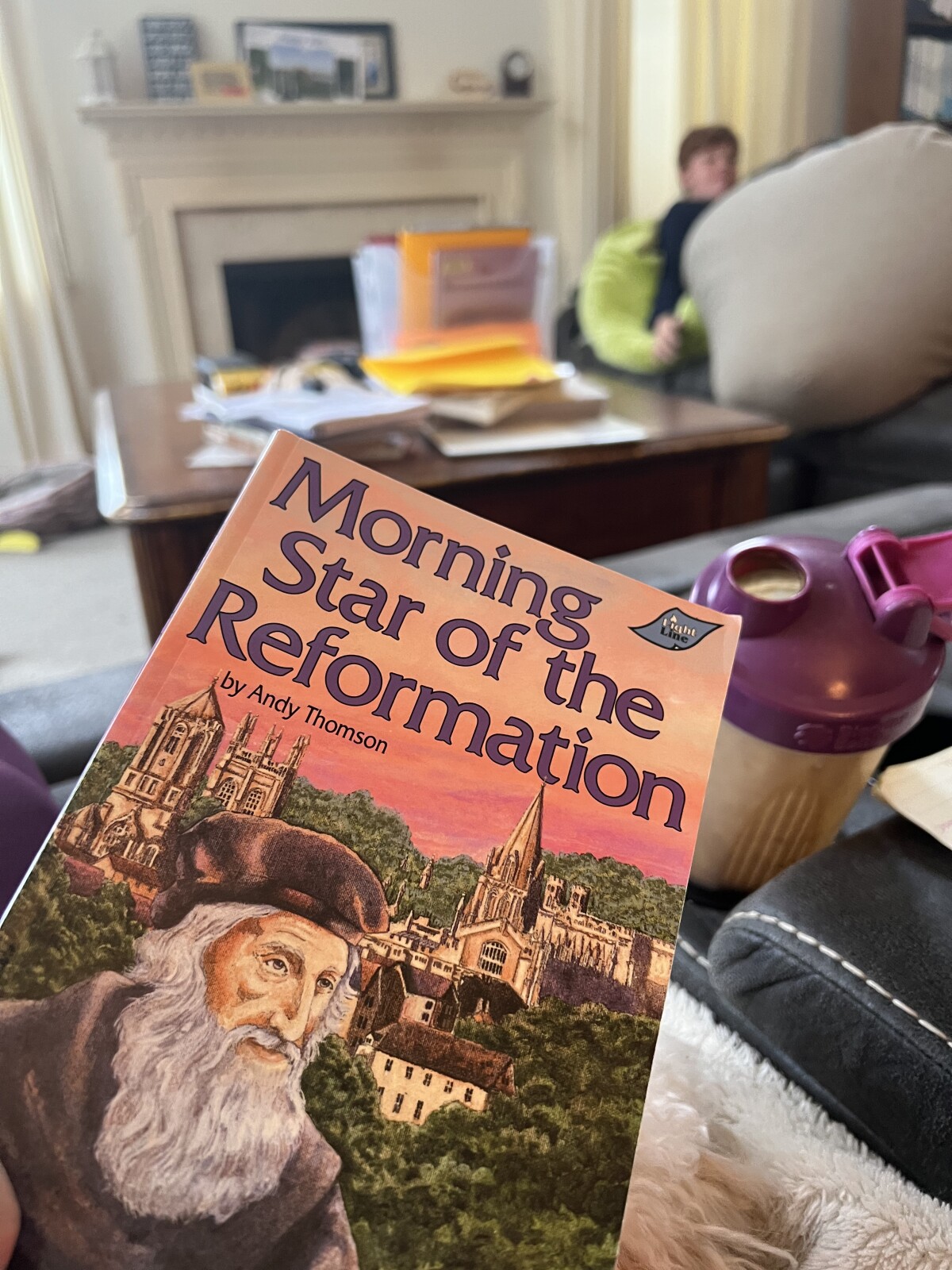
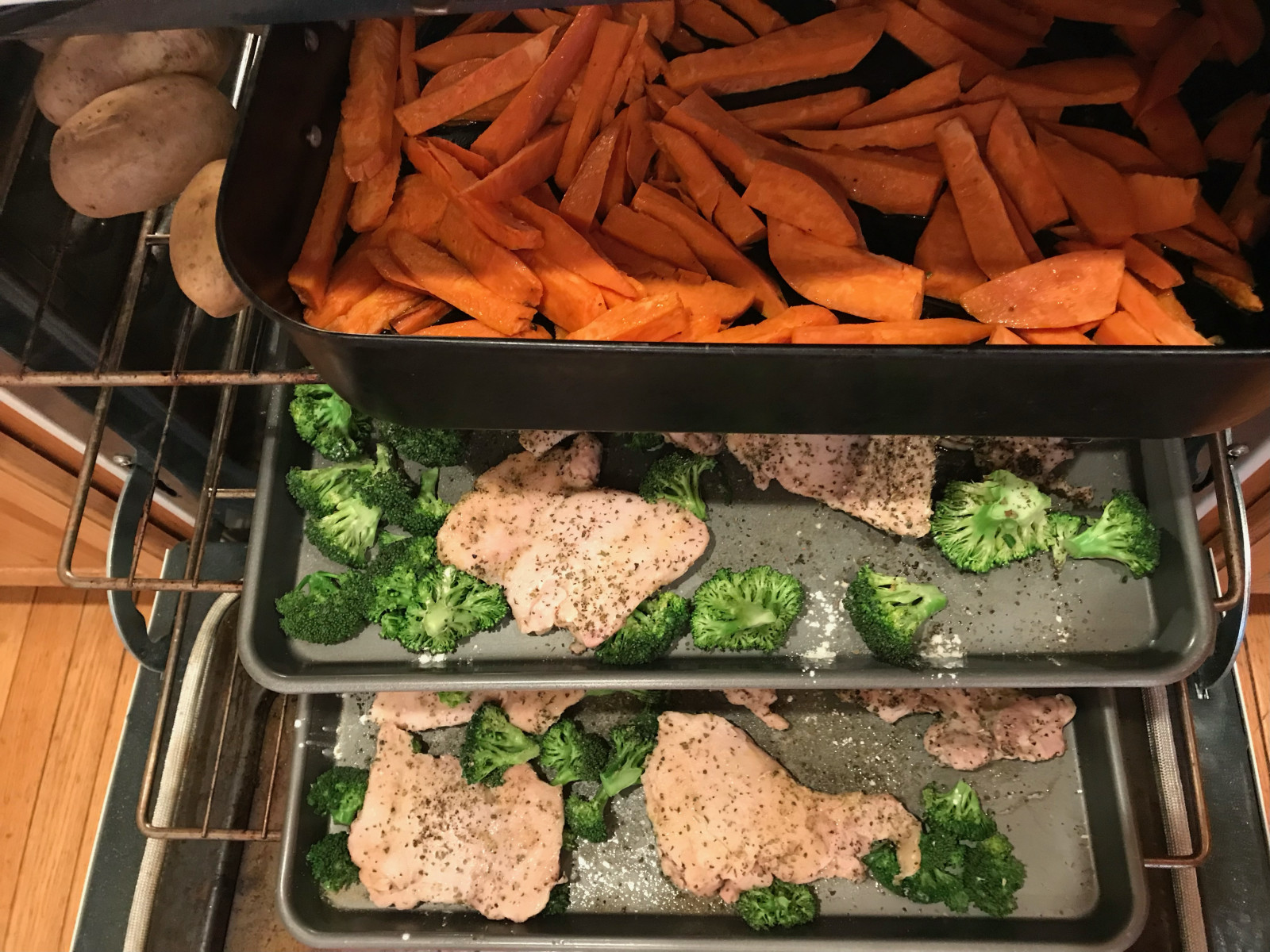
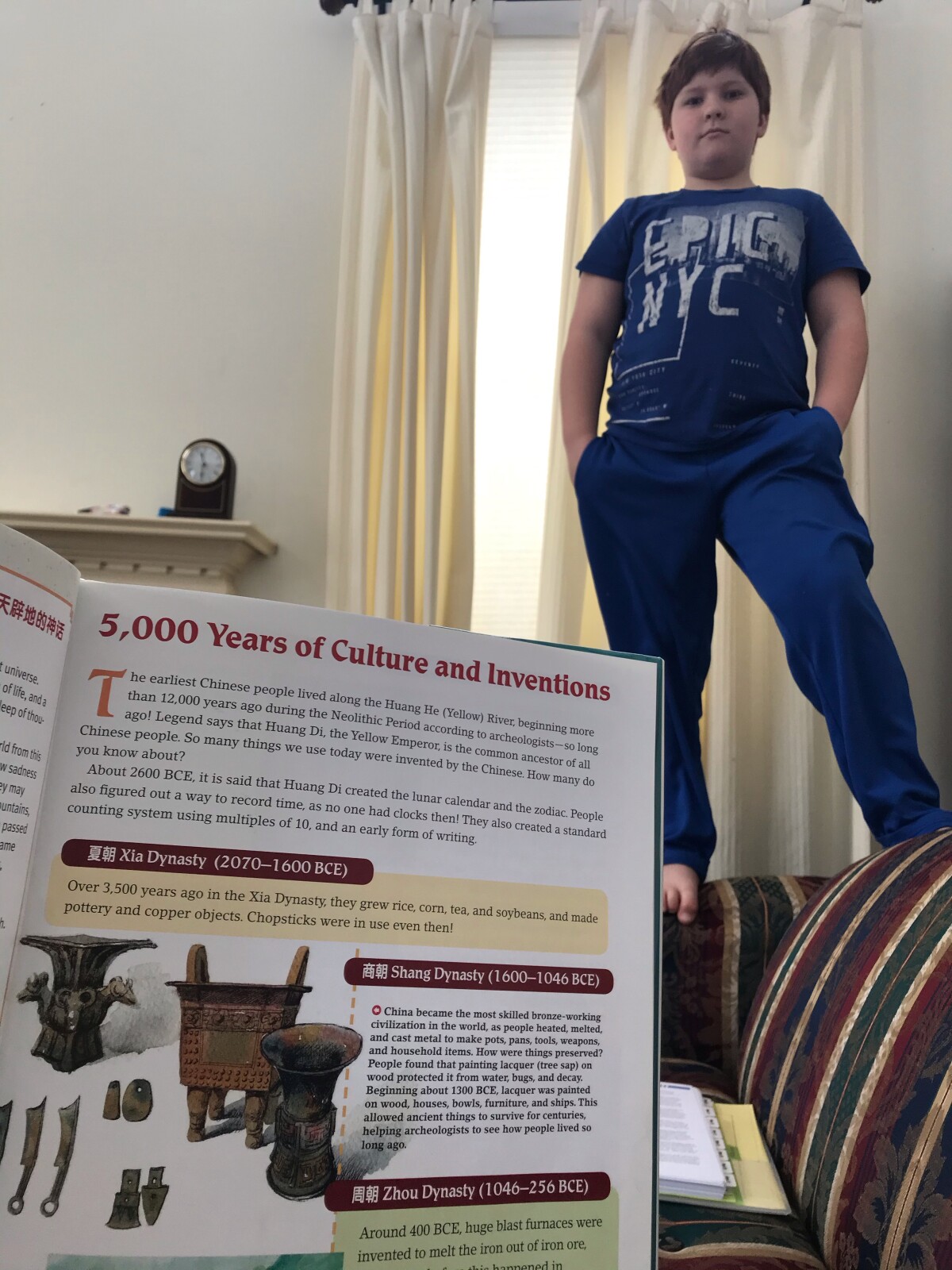


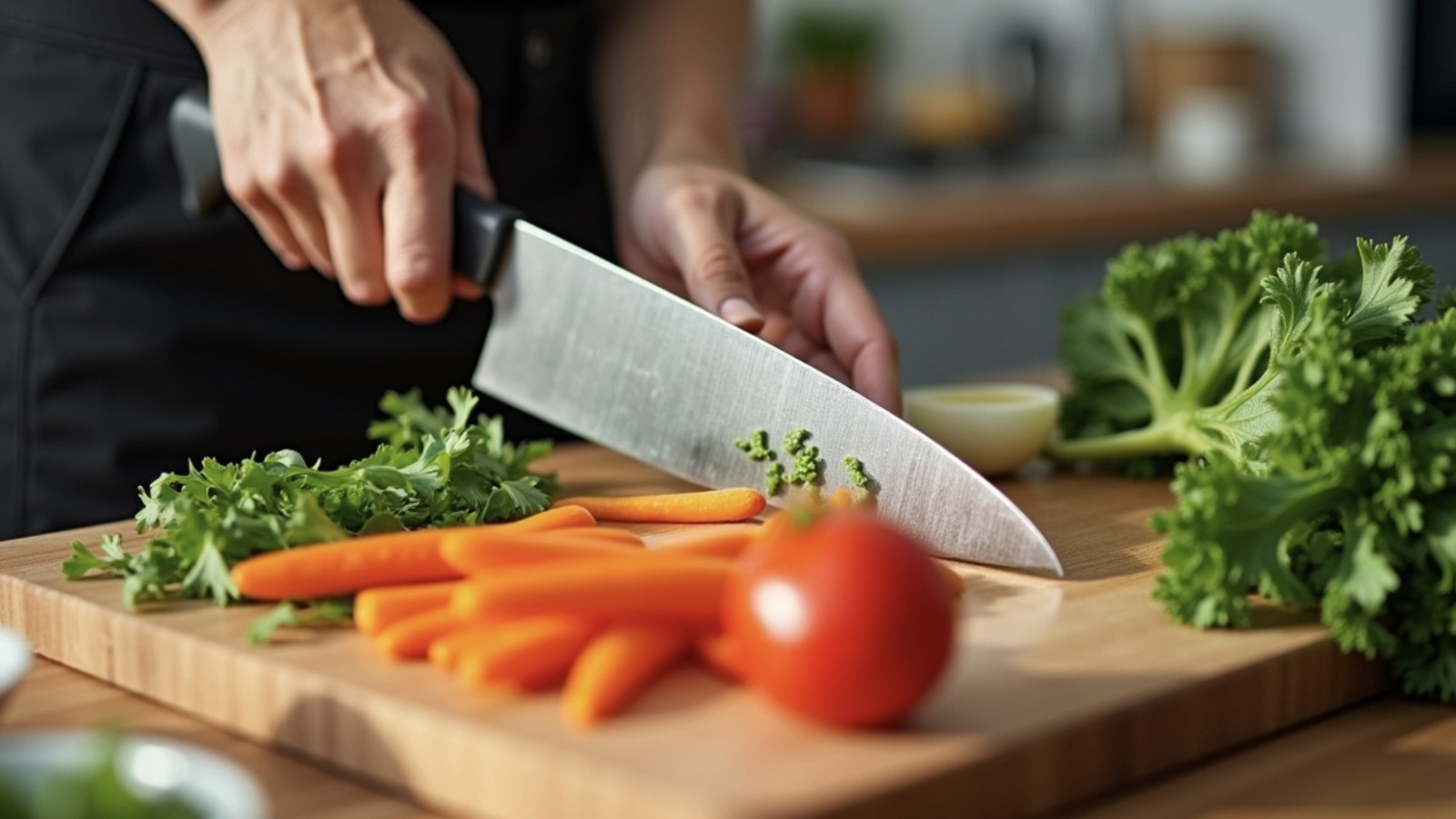

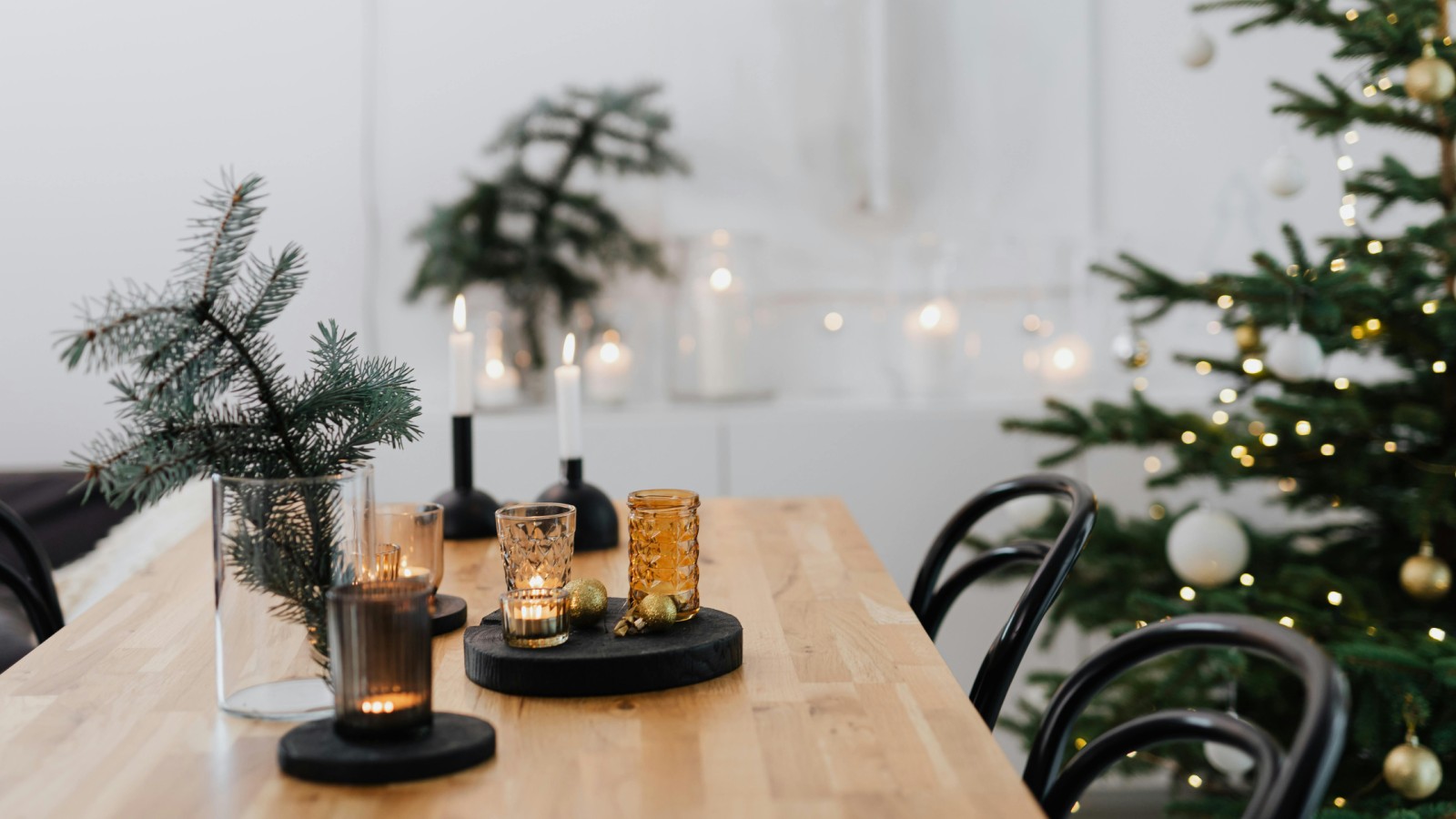


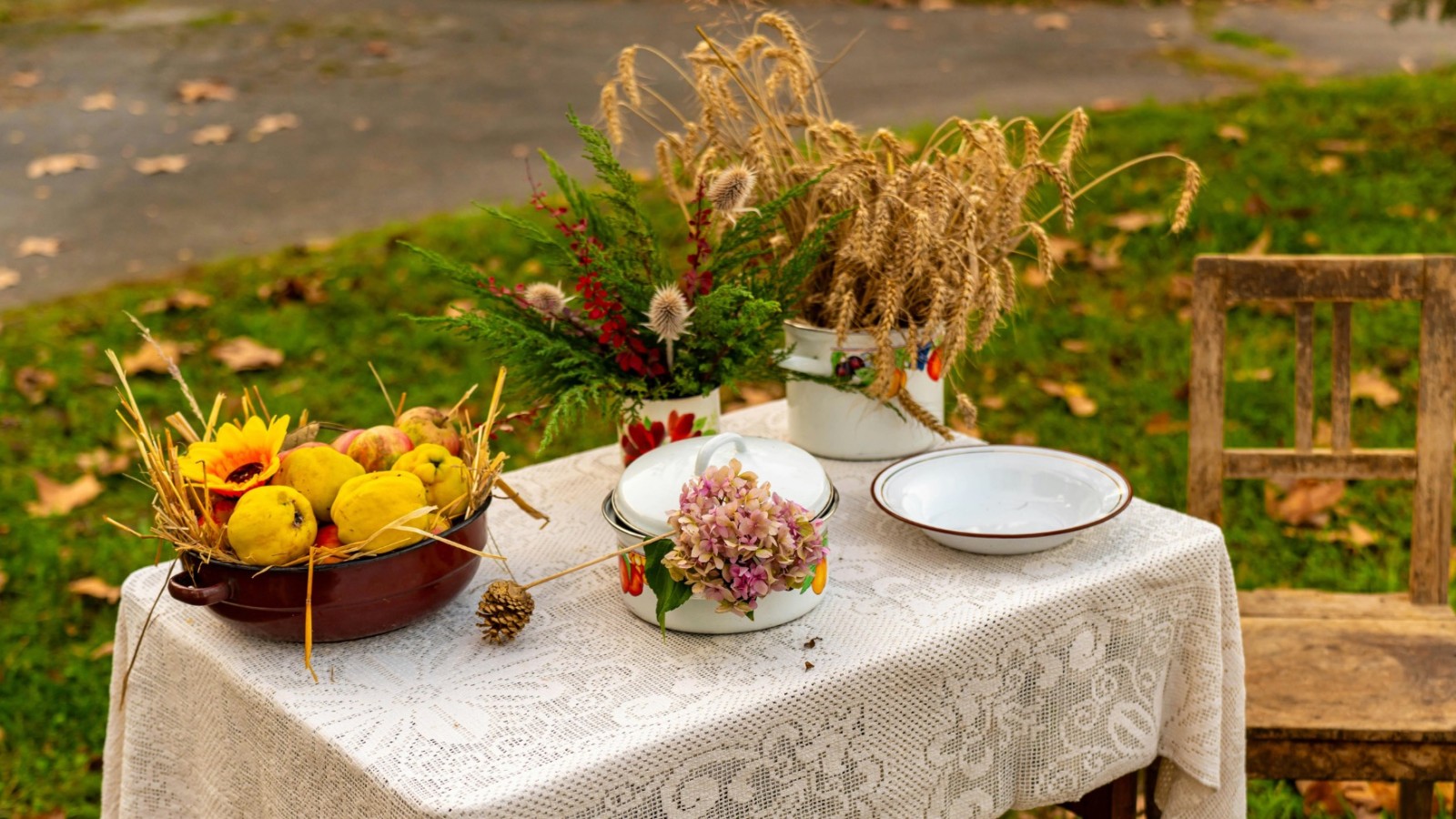
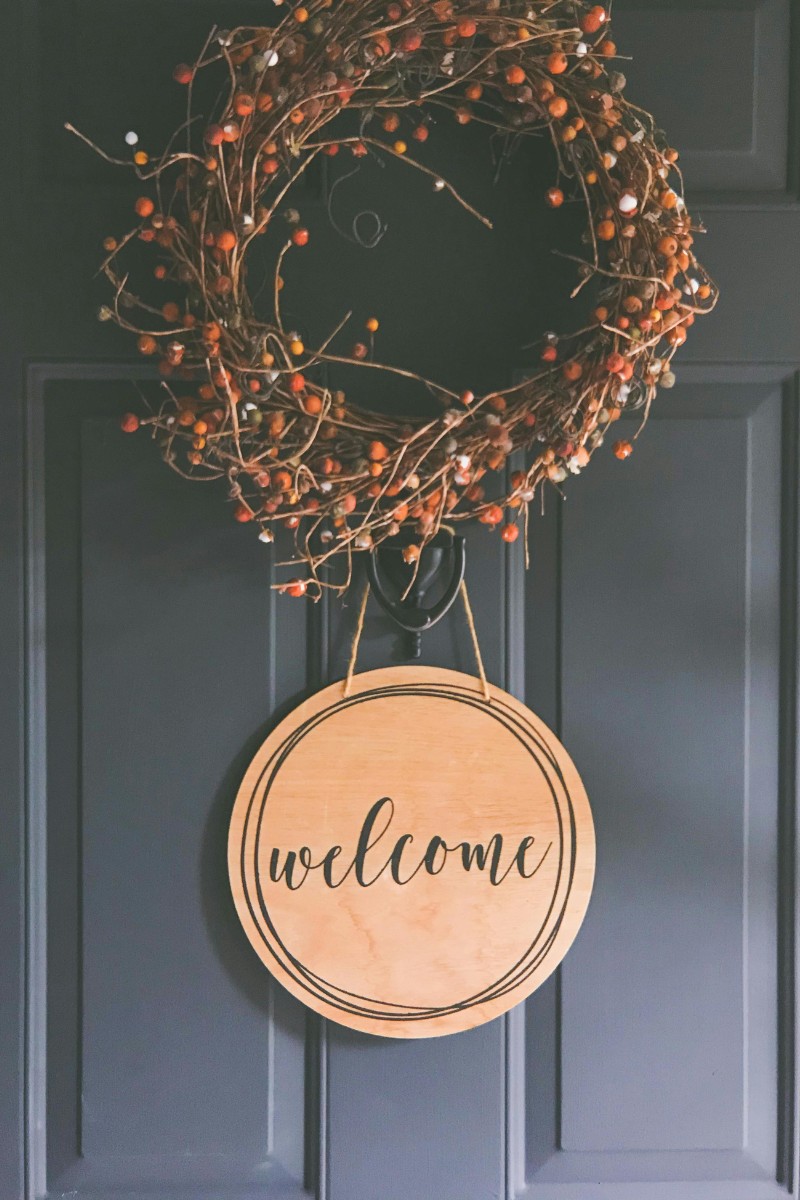

0 Comments